The keyboard itself is clearly styled with gamers in-mind, with its matt black finish and yellow go-faster-stripes across the top. The keys aren't laser etched on or anything that will rub off, instead they have clear plastic indicators, which light up when you have the illumination turned on. As you might expect, the LED backlighting is yellow.
There's a lovely finish to this board that gives you a great first impression. The keys are very smooth and all feature a nice curved, concave surface to accommodate your digits – that's hardly a new feature, but flat top laptop and regular touch screen users may appreciate the consideration.
The overall build is really sturdy too. You could quite easily pick this up and crack a backstabbing co-worker with it á la Wanted – if you felt like it.
The MSI logo features prominently across the top, sitting just above the F keys, each of which has some sort of secondary function. The former six handle media applications, giving you the ability to raise and lower the volume, as well as skip tracks, mute, play and pause. Beyond that are the six profile options, though under F12, you'll also find the switch for gamer and PC mode. The former stops the Windows key from working, making it that bit harder to accidentally minimise your game during the height of the action.
Notice the interesting choice MSI took of making the enter key a half size one, replacing the upper half with and therefore giving you quick and easy access to (regardless of its US labeling) the hash tag key. Presumably the MSI developers are big Twitter fans.
The lock key indicators are all little yellow LEDs like the backlighting, but sit behind this oddly out-of-place looking brushed plastic. I can imagine there needed to be something there other than the matt black frame otherwise the light wouldn't shine through, but why not just a clear indicator like the one on the keyboard keys?
To adjust the brightness on this board, you use the function key and either 8 or 2 on the numpad.
In a nice show of quality, the back of the keyboard is also coated in the same matt black plastic. Be aware that this means it will pick up fingerprints like nobody's business.
Of course there's also some little rubber grippy-things to keep it from sliding about as you pound away – though of course, this being Red switches, you won't need to do much of that – but we'll get to that shortly.
It's also worth noting that round the back of the board, you'll also find a pair of USB 2.0 ports and a couple of 3.5mm jacks for headphone and mic connection.
The connectors are gold plated, trust me, the lighting was just a bit off in this photo. It doesn't actually do much bare in mind, beyond improving the durability of the connectors. Gold tends to last a bit longer with plugging in and unplugging a device than the traditional nickel, but you won't notice that unless you're a massive LAN gamer moving your rig back and forth every few weeks.
The cable is braided though, which is nice to see as it keeps things neat and tidy and it just gives it all an air of quality that rubber coating does not. The yellow/black striping also gives it a ‘danger' look to it, which some might quite like.
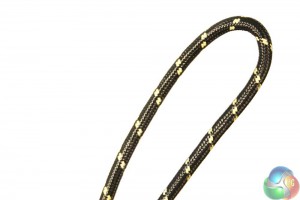
It's actually almost identical – just a bit thicker and with the obvious colour change – to the one used for the Func Headset I reviewed recently.
 KitGuru KitGuru.net – Tech News | Hardware News | Hardware Reviews | IOS | Mobile | Gaming | Graphics Cards
KitGuru KitGuru.net – Tech News | Hardware News | Hardware Reviews | IOS | Mobile | Gaming | Graphics Cards


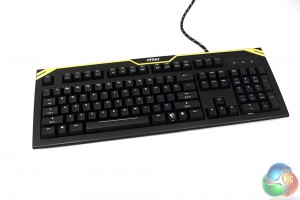
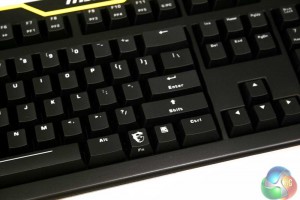
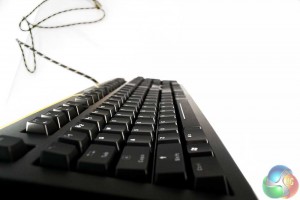
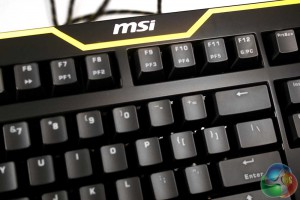
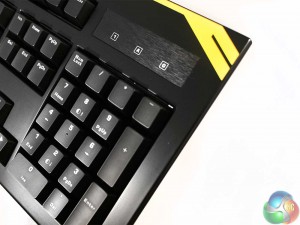
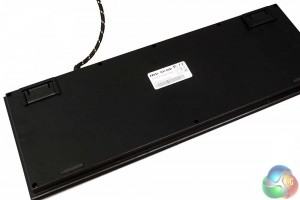
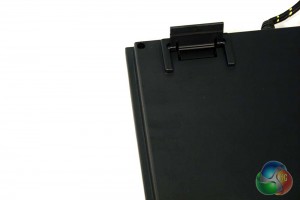
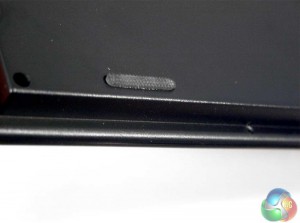
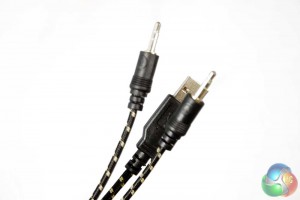
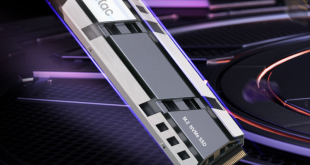
I own a QPad MK-50 Pro and it’s boss. There’s no Macro options but it’s a mech Keyboard with Cherry Red switches and comes with a wrist wrest. It was cheap and is solid. Same thing with the Fn keys and it annoys me to no end; the only downside.
A very pretty keyboard. Shame it’s not great for general typing due to the red switches.